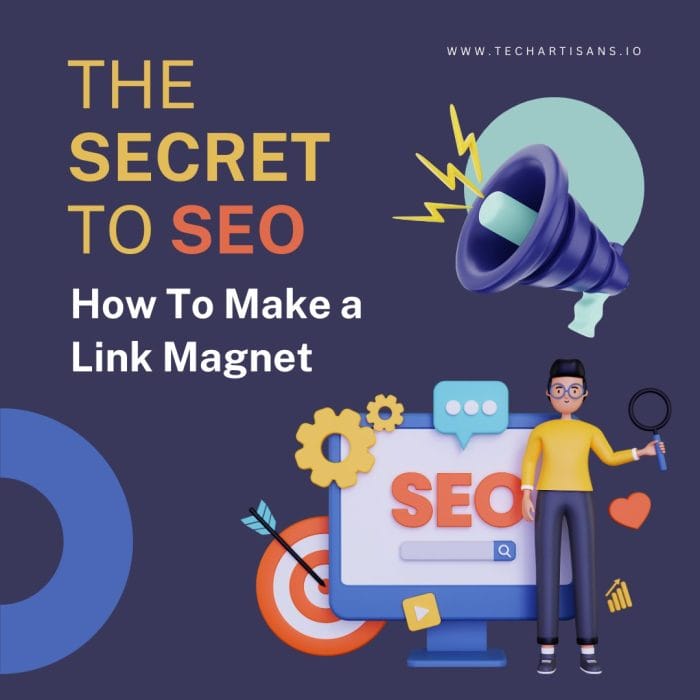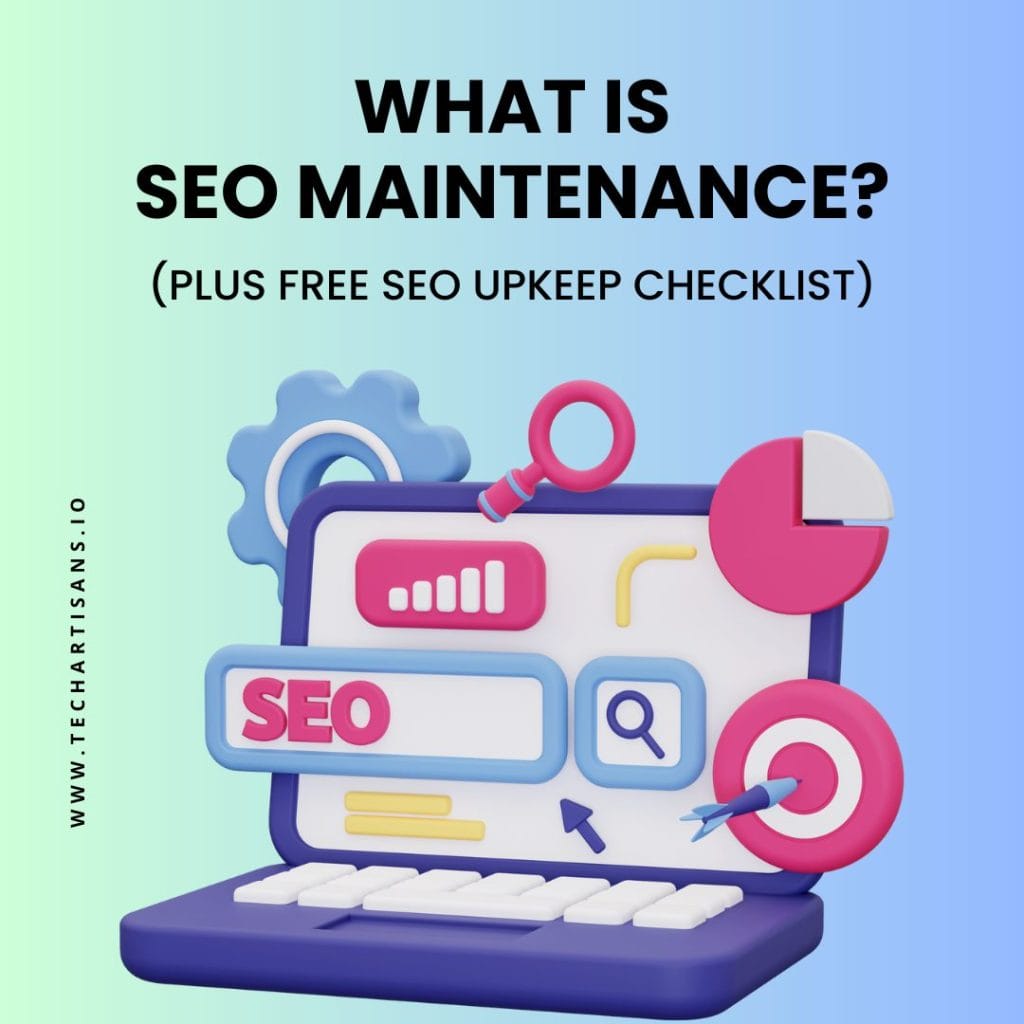In the digital world, the secret to standing out lies not in the shadows but in the spotlight of search engines. SEO, or Search Engine Optimization, is a crucial tool, and backlinks are its powerhouse. But have you ever wondered what is a magnet link? Picture this: a magnet drawing in the search engine spiders and boosting your online visibility exponentially.
This is the power of a Link Magnet – a high-value content piece crafted to attract many backlinks. Curious to uncover this secret to SEO? Let’s delve into the world of Link Magnets.
Read about Mastering SEO: A Step-by-Step Guide and Plan
What is a Magnet Link?
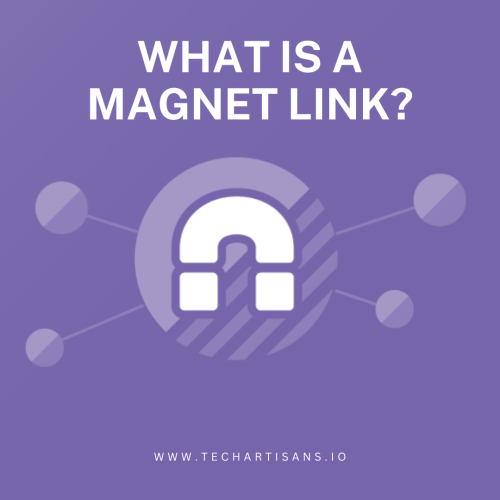
A Magnet Link, in the simplest of terms, is a hyperlinked piece of content that is extremely attractive to backlinks. It’s a digital asset that garners attention, compelling other websites to link back to it, thus creating a network of connections that enhances your website’s SEO strength.
Magnet Links in the Digital World
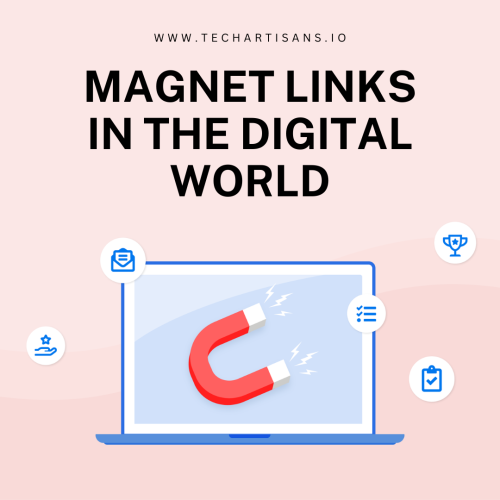
In the grand scheme of SEO, magnet links play a pivotal role. They serve as a beacon, illuminating your digital presence amidst the vast expanse of the internet. Earning quality backlinks enhances your website’s credibility, boosting its rankings on search engines.
With the rise of digital marketing, creating a Link Magnet has become an essential business strategy. It attracts many backlinks and amplifies your content’s reach, driving more organic traffic to your website.
Learn about Top 16 Digital Marketing Trends For 2023
Understanding Link Quality
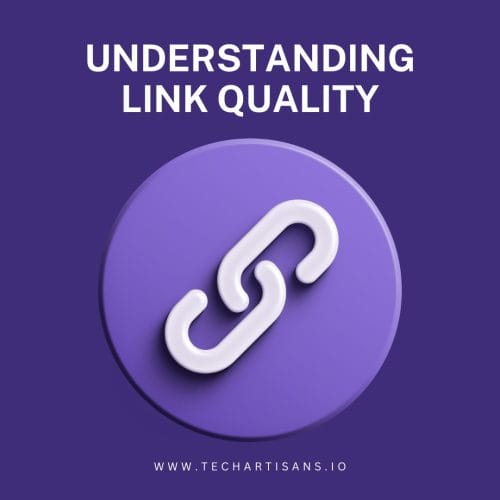
A crucial aspect of mastering the art of SEO and creating effective magnet links is understanding link quality. Not all backlinks are created equal, and their impact on your SEO efforts relies heavily on their quality.
Here Guide on 6 Ways to Grow a Brand Through Marketing
1. “No-follow” and “Do-follow” Links
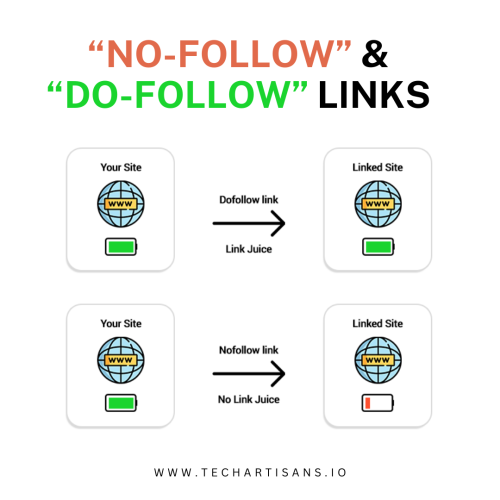
“Dofollow” links pass on the “link juice” or SEO benefits from linking to the linked site. They signal search engines to follow the link, thereby contributing to the linked page’s search engine ranking.
On the contrary, “nofollow” links, as their name suggests, signal search engines not to follow the link. They do not pass on any SEO benefits and are typically used in cases where the credibility of the linking site could be better.
2. Link Quality Trumps Quantity
High-quality backlinks come from reputable, authoritative websites within your industry. They are seen as a strong endorsement of your content, signaling to Google that your site is a trusted and credible source of information. Consequently, these high-quality backlinks significantly boost your SEO rankings.
Conversely, accumulating many low-quality backlinks from doubtful or unrelated sites can negatively impact your SEO. Google’s algorithms are sophisticated enough to recognize and penalize such strategies.
Art of Creating a Link Magnet
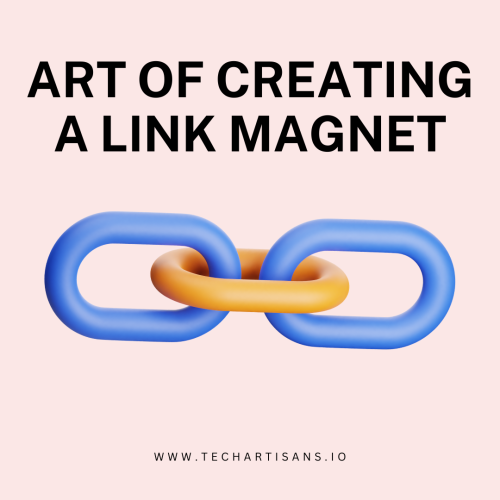
Creating a Link Magnet is an art steeped in strategic planning, quality content creation, and an in-depth understanding of SEO dynamics.
Creating a content that serves as a link magnet largely depends on several key factors:
1. Valuable Content

At its heart, a link magnet is a high-quality, unique piece of content that provides significant value to its readers. This could be an insightful blog post, a comprehensive guide, an engaging video, or a captivating infographic. The more value it offers, the more likely it is to attract backlinks.
2. Informative and Relevant

It’s vital to create content that is pertinent to your niche and informative. Content that answers common questions addresses issues, or offers expert insights into your industry is more likely to serve as a link magnet.
3. Quality over Quantity
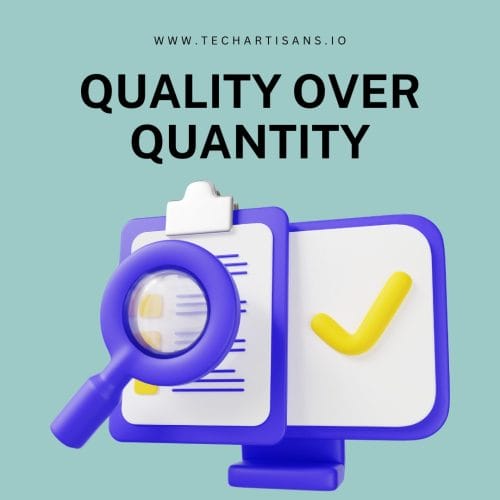
The depth and quality of your content are fundamental. Thin, poorly researched content will not attract quality backlinks. Instead, focus on creating fewer pieces of high-quality, comprehensive content that delves deeply into a specific topic.
4. Shareable and Accessible

The ease of sharing and accessibility of your content also influences its potential as a link magnet. Ensuring your content is easy to share on social media, and your website is user-friendly can increase its visibility and likelihood of earning backlinks.
5. Regularly Updated
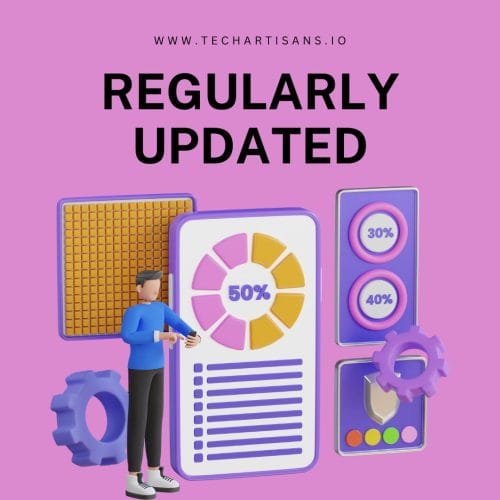
Content that is regularly updated is more likely to earn backlinks over time. Updating your content shows you are committed to providing the latest, most accurate information, increasing its link attractiveness.
By focusing on these elements, you can create content that naturally serves as a magnet for high-quality backlinks, providing a significant boost to your SEO endeavors.
Proven Strategies to Build Quality Backlinks
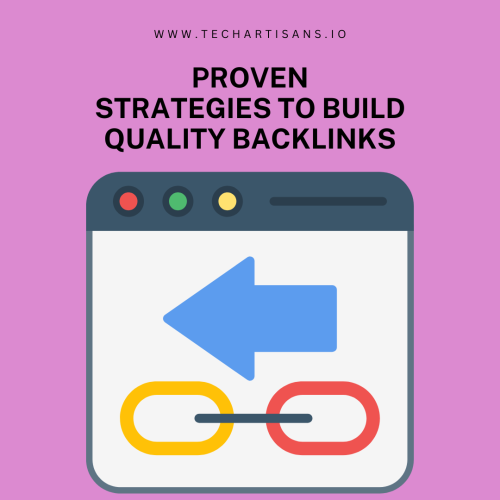
In the world of SEO, backlinks serve as a vote of confidence for your website from other online sources. Earning high-quality backlinks is not a game of chance but a result of strategic efforts.
Find Out How to Master SEO: Your Master SEO Plan
1. Guest Posting

Guest posting is a great way to get quality backlinks. Find industry-related blogs that accept guest posts and are reputable. Write a valuable, tailored post for their audience and include a backlink to your site. After it’s published, promote it on your channels to increase visibility and boost your brand’s recognition.
2. Public Relations

Public relations (PR) is about building good relationships between your business and the public. It can get your brand into news articles, boosting your online visibility. Find media outlets and journalists in your field, tell a compelling story that fits your audience and pitch it to them. When they feature you, you often get high-quality backlinks to your website.
3. Broken Link Building
Broken link building is a smart way to get quality backlinks. Find websites in your field with broken links using tools like Broken Link Checker or Ahrefs. Make content that’s as good or better than the broken link. Contact the site owner, tell them about the broken link, and offer your content as a replacement. This not only earns you backlinks but also improves the website’s user experience.
4. Compiling a Resource
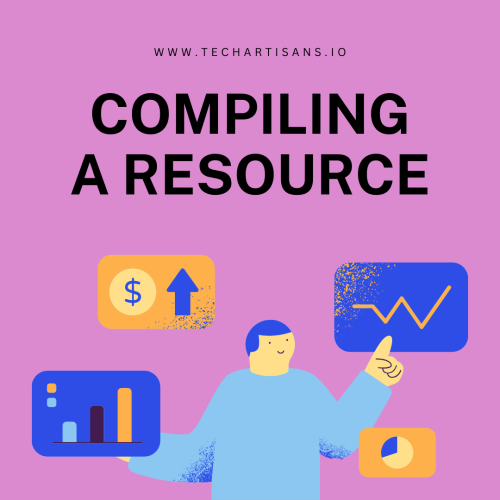
Creating comprehensive guides or reports is a great way to attract top-notch backlinks. Pick a topic in your industry that has yet to be covered extensively, do thorough research, and compile the information into a clear, well-structured guide. Make it visually appealing. Once it’s ready, promote it widely and encourage others in your field to share it. As it gains recognition for its value, it naturally attracts backlinks.
5. Analyzing Competitors’ Backlinks

Analyzing your competitors’ backlinks can reveal untapped opportunities for your link-building. Tools like SEMRush or Ahrefs can provide a comprehensive view of where your competitors’ backlinks are coming from. Identify websites that link to your competitors but not to you. These are potential sources you can target.
Skyscraper Technique

The Skyscraper Technique is a typical method for creating a powerful link magnet. This approach involves identifying popular content within your industry, analyzing it, and creating a superior version.
Here’s SEO Testing Guide: 7 SEO Tests You Should Run + SEO Test Tool
1. Identifying Successful Content

The first step in the Skyscraper Technique is identifying existing content that has proven successful within your industry. Tools like BuzzSumo or SEMRush can provide valuable insights into the most shared or linked-to content. This gives you a solid blueprint of what resonates with your target audience.
2. Enhancing Existing Content

Once you have identified successful content, the next step is to enhance it. This could involve expanding on the subject matter, updating obsolete information, improving the design and readability, or incorporating multimedia elements like images, infographics, or videos.
3. Promoting Your Enhanced Content

Finally, the promotion of your enhanced content is crucial. Reach out to websites that link to the original content, inform them about your superior version, and invite them to link to it. The Skyscraper Technique can turn your content into a powerful link magnet by following these steps, significantly enhancing your SEO.
Power of Backlinks in SEO
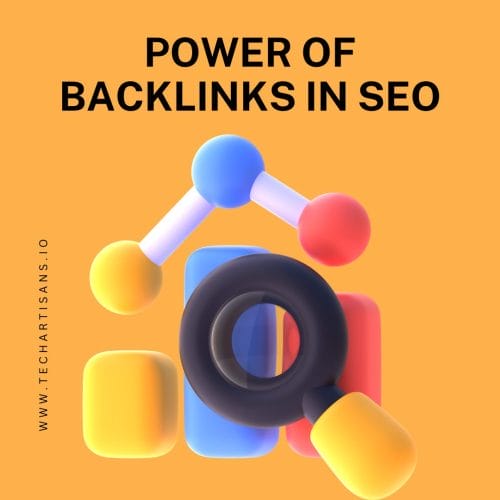
Backlinks, often called the lifeblood of SEO, hold immense power in determining your website’s credibility and visibility in the digital realm. Let’s unravel the complexities of these influential factors in your SEO strategy.
Discover What Is SEO Management? (And How to Lead Your SEO Strategy)
1. Worth of Backlinks
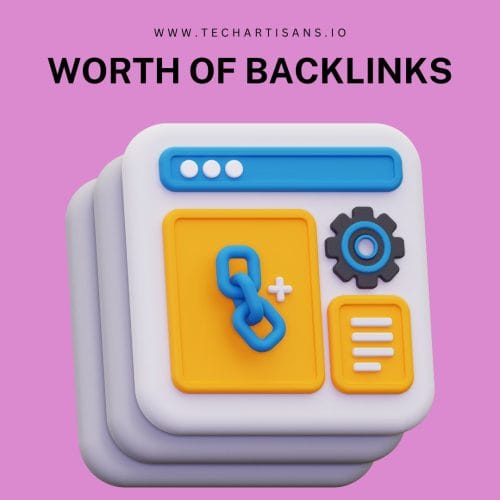
The value of backlinks lies in their quality, not quantity. High-quality backlinks from reputable sites boost your SEO ranking, while poor-quality ones can harm it. Evaluating backlinks involves looking at the linking site’s credibility, relevance to your content, and the organic traffic it could direct to your site.
2. Google’s PageRank Algorithm

Google’s PageRank algorithm evaluates the quality and quantity of backlinks directed towards your webpage. Each backlink is viewed as a vote of confidence, leading to higher rankings in search engine results.
3. Link Equity

Google assigns a certain level of ‘link equity’ or ‘link juice’ to each link. High-quality, relevant backlinks transfer more link equity, positively impacting your webpage’s ranking.
4. Trustworthiness and Relevance
Google also takes the trustworthiness and relevance of the linking site into account. Hence, earning backlinks from high-authority websites in your industry can significantly amplify your SEO efforts. Understanding this complex interplay can help optimize your use of magnet links.
5. Backlinks and Search Rankings
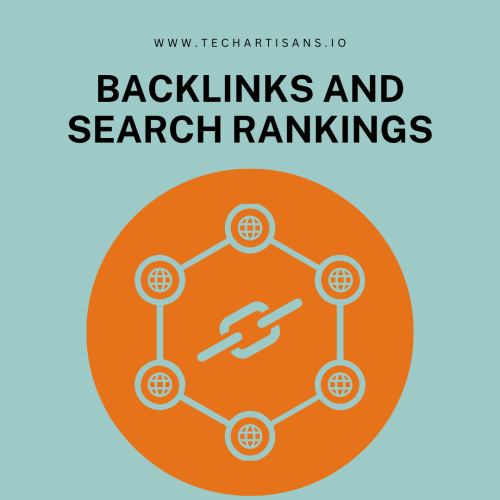
At the heart of SEO success lies a strong correlation between backlinks and search rankings. Every backlink directing to your webpage is like a thumbs up in Google’s eyes.
6. Digital Endorsement

Think of each backlink as a digital endorsement or a vote of trust for your content. Websites with many credible backlinks tend to rank higher on search engine results pages (SERPs), which signals to Google that your content is valuable, trustworthy, and relevant.
7. Role of Quality
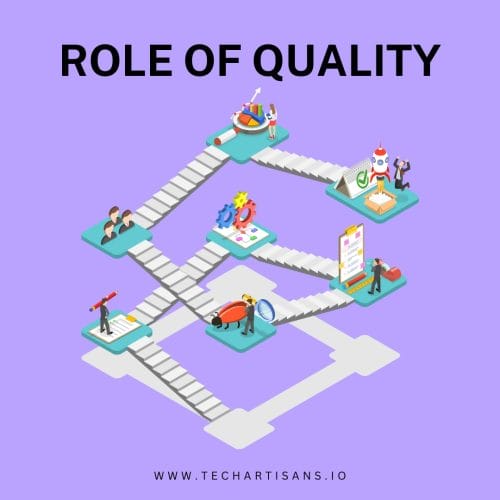
It’s not just about quantity; the quality of backlinks is equally pivotal. A few backlinks from high-authority domains can significantly impact your rankings more than numerous links from less credible sources.
8. Impact on SERPs
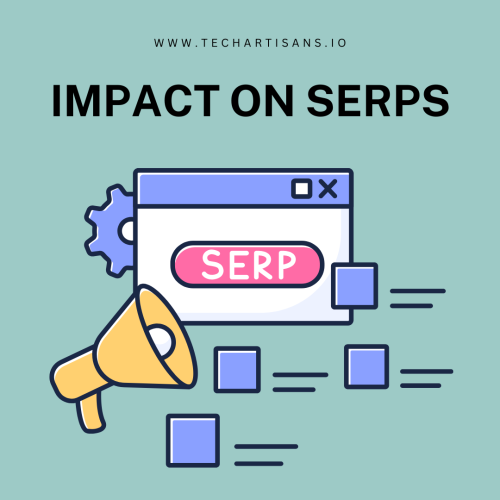
Using magnet links to earn quality backlinks can lead to higher visibility on SERPs, driving more organic traffic to your site and boosting your online presence. Understanding this correlation is a key secret to SEO success.
White Hat vs. Black Hat Link Building
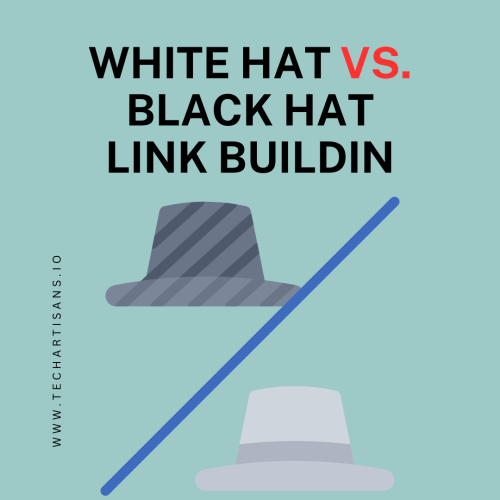
In SEO, link-building strategies can be grouped into two distinct categories: White Hat and Black Hat. Understanding the differences between these techniques, their implications, and their effects on your website’s visibility is vital for any business aiming to create a sustainable online presence.
Learn Unnatural Links: What They Are & What to Do About Them
1. Ethical Practices
Ethical link-building practices, also known as White Hat link building, involve strategies that comply with search engine guidelines and focus on creating quality content and improving user experience.
One crucial White Hat practice is producing unique, valuable content that naturally attracts backlinks. Informative articles, in-depth guides, and insightful research reports can serve as link magnets, attracting backlinks from other sites that find your content valuable.
Another ethical practice is using relevant keywords and metadata.
Lastly, building relationships with reputable websites and influencers within your industry can promote natural link-building.
2. Pitfalls and Practices to Avoid
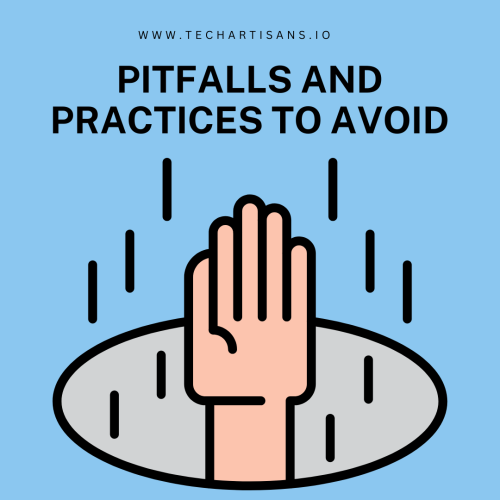
Beware of Black Hat link-building strategies involving shortcuts like buying links, cloaking, and using private link networks. These tactics might provide quick gains, but they contradict search engine guidelines and can lead to penalties or website de-indexing.
Link farming, or creating networks of pages that link to each other, is another tactic to avoid.
Finally, avoid keyword stuffing. Overusing keywords can make your content appear spammy, hurting your SEO and user experience.
Crafting the Perfect Outreach Email
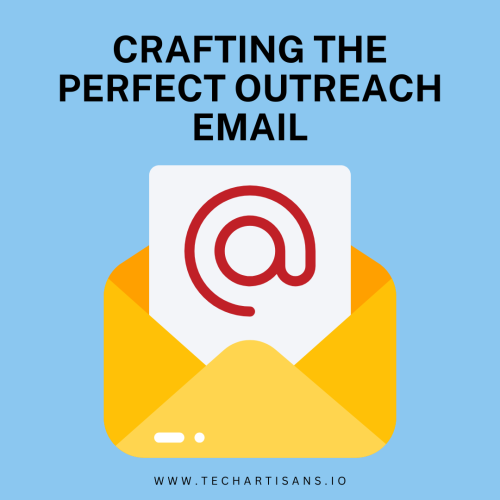
Crafting the perfect outreach email is essential to effective link-magnet SEO. This is where understanding ‘what is a magnet link’ becomes critical. An impeccable, well-crafted email can be a powerful tool for attracting these magnet links to your site.
Read How to Write Testimonials
1. Personalized Pitches

In today’s digital age, personalization is paramount. A generic, mass-produced pitch is more likely to land in the recipient’s trash bin than to generate a positive response. Personalized pitches demonstrate your genuine interest in the recipient and their work, which can significantly increase your chances of securing a backlink.
2. Making a Connection

Start by researching your recipient. What are their interests? What articles have they recently published? Use this information to tailor your pitch, highlighting the synergy between their content and your own. This displays your due diligence and positions your content as a valuable addition to their platform.
3. Recipient Needs

Understanding and addressing your recipient’s needs is key. Is there a gap in their content that your resource can fill? Could your content help them reach a new audience or provide additional value to their existing readers? By illustrating your content’s benefits to their site, you demonstrate that your outreach extends beyond mere self-interest, fostering a mutually beneficial relationship.
Conclusion
Understanding what is a magnet link in SEO can significantly impact your digital marketing strategy. It’s about crafting beneficial content that naturally attracts backlinks, promoting it strategically, and building relationships with reputable sources.
Stay away from doing unethical practices that promise quick gains but risk penalties. Instead, invest time and effort in creating personalized pitches for outreach that showcase your content’s value to potential link sources. Following these guidelines can turn your website into a link magnet, achieving sustainable SEO success and enhancing online visibility.
Learn about How to Protect Your Position as the Leader in Your Market

